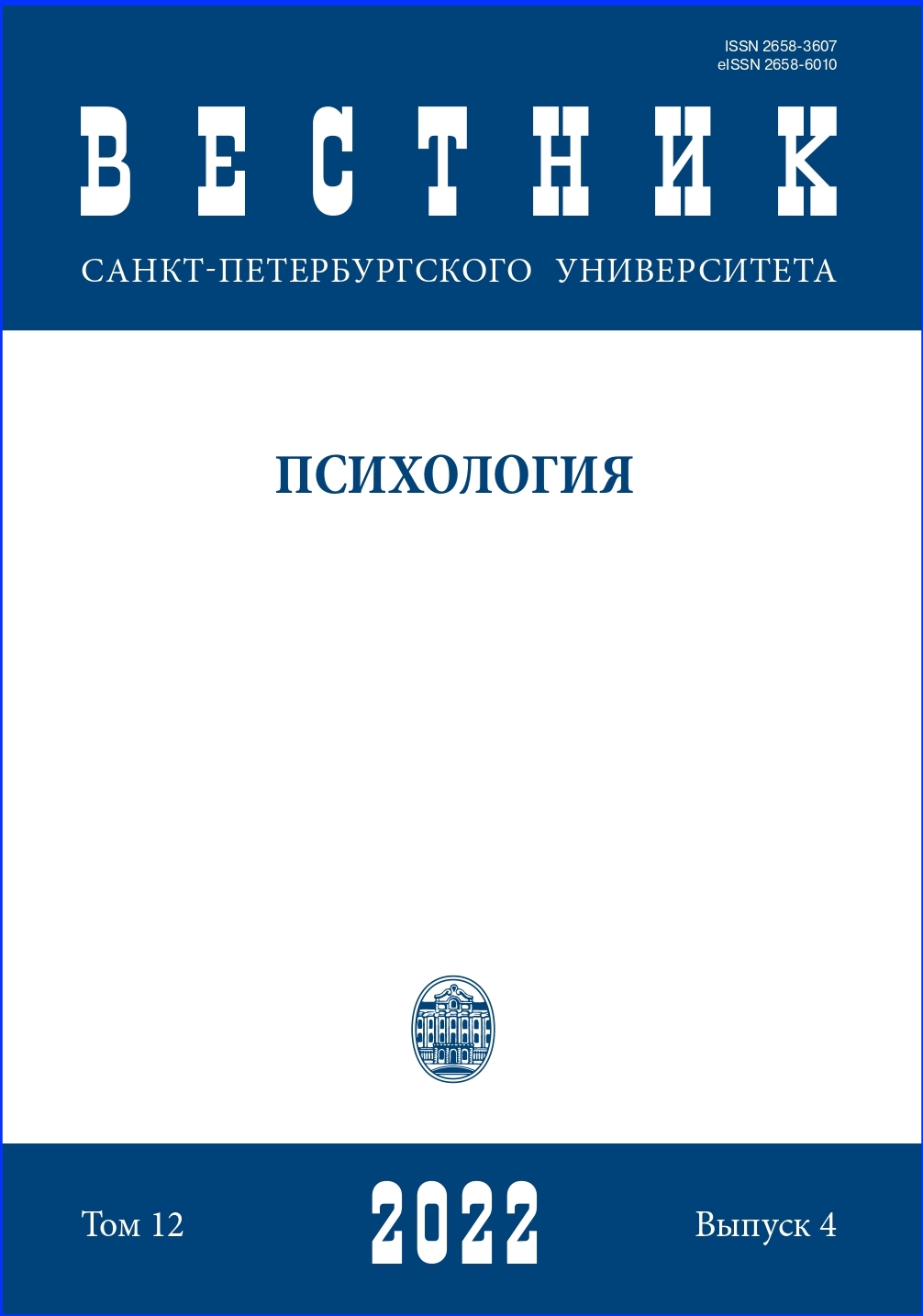Проблемы и перспективы исследований научения новым словам: быстрое картирование vs явное кодирование
DOI:
https://doi.org/10.21638/spbu16.2022.409Аннотация
В статье поднимается проблема поиска наиболее эффективной стратегии научения новым словам. Проведен анализ отечественных и зарубежных исследований, посвященных различиям между двумя стратегиями речевого научения — быстрым картированием, обеспечивающимся процессами дедукции и понимания информации из контекста, и явным кодированием, предполагающим усвоение с помощью прямой инструкции. Подчеркивается противоречивый характер накопленных поведенческих данных касательно влияния той или иной стратегии на успешность усвоения новых слов при наличии доказательств в пользу различий между нейрофизиологическими механизмами, лежащими в основе данных стратегий. Указывается на необходимость смещения акцента в поиске различий между быстрым картированием и явным кодированием с прямого сопоставления эффективности речевого научения на анализ дополнительных условий и факторов, сопровождающих разные стратегии научения, таких как восприимчивость к помехам, скорость лексической и семантической интеграции новых слов, консолидация памяти во время сна. Предложен подход для объяснения причин различий между явным кодированием и быстрым картированием, который предполагает сопоставление механизмов данных стратегий с механизмами организации системы зрительного восприятия по принципу прямой (от низкоуровневых до высокоуровневых областей коры головного мозга) и обратной (от высокоуровневых до низкоуровневых) иерархии. В частности, выдвигается предположение, что быстрое картирование запускает обработку информации снизу вверх, а явное кодирование — сверху вниз. Обсуждаются перспективы дальнейших исследований, которые заключаются в изучении роли вербального обозначения объектов и явлений в процессе научения с помощью быстрого картирования и явного кодирования. Приводится суждение о важности такого рода исследований с использованием айтрекера для проверки выдвинутой гипотезы относительно механизмов работы данных стратегий, а также объяснения различий в их эффективности в процессе речевого научения.
Ключевые слова:
явное кодирование, быстрое картирование, речевое научение, усвоние новых слов, вербальное обозначение, прямая и обратная иерархия системы зрительного восприятия
Скачивания
Библиографические ссылки
References
(In Russian)
Загрузки
Опубликован
Как цитировать
Выпуск
Раздел
Лицензия
Статьи журнала «Вестник Санкт-Петербургского университета. Психология» находятся в открытом доступе и распространяются в соответствии с условиями Лицензионного Договора с Санкт-Петербургским государственным университетом, который бесплатно предоставляет авторам неограниченное распространение и самостоятельное архивирование.




